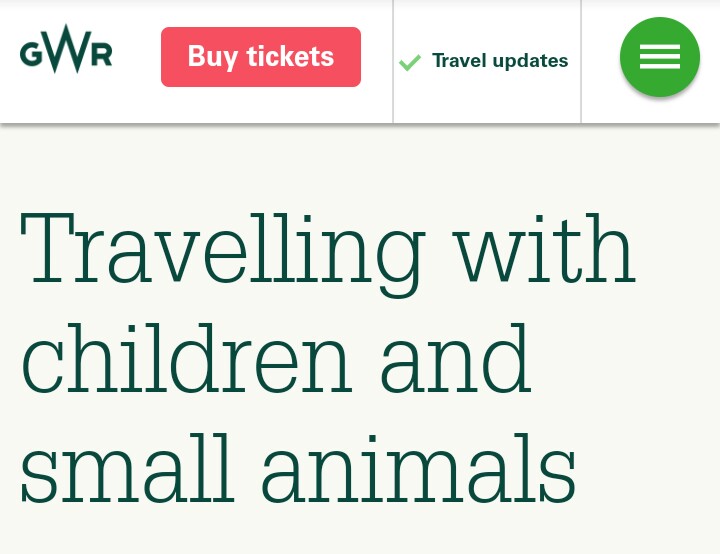The Campaign for Family-Friendly Trains has reached out to all Train Operating Companies asking them to self-evaluate against a series of family-friendly metrics such as the availability of space for unfolded prams on trains and whether assisted boarding has been extended to those travelling with young children.
Nick Flynn from the Campaign commented: ‘Train travel has many advantages over alternatives such as driving for families. On a train it is possible to bottle feed or breastfeed a baby, have a meal, visit the toilet or change a nappy without having to pause a journey. Since parents don’t have to concentrate on driving, families can enjoy the time together and make the journey part of the adventure. In addition, an environmentally conscious generation of parents knows that train travel is the better choice for the environment. However, parents are often left feeling frustrated by train travel since they are expected to fold prams, toilet facilities can be inadequate, and boarding can be stressful with parents relying on the kindness of strangers.’
‘Based on our experience and the views of parents and carers, the clear priority is dedicated space for unfolded prams. Our first question to all Train Operating Companies is therefore whether they have allocated space for unfolded prams on their trains.’
‘We’ve been impressed at how Train Operating Companies have engaged with our campaign so far, and were delighted to see Great Western Railways introduce trial measures such as priority boarding for families at Paddington station and a family-friendly waiting room at Reading station. We hope the scorecard (which we’ll publish on our website) will encourage all Train Operating Companies to continue to think about the needs of parents and children as well as provide vital information for travelling families. As leisure and discretionary travel becomes more important for the railways, creating family-friendly trains is a great way to attract more passengers and induce demand.’
Notes for editors:
The Campaign for Family-Friendly Trains was set up by frustrated parents who had had disappointing experiences travelling on Britain’s railway with young children. They have met with Train Operating Companies, the Rail Delivery Group as well as Rolling Stock Operating Companies and Train Manufacturers. The campaign’s main requests are:
- dedicated space for unfolded prams on trains
- extension of the seat reservation system to include the space for unfolded prams
- clean, reliable and spacious toilets with toddler toilet seats
- an extension of passenger assist to families travelling with young children
- level access between the train, platform and station entrance.
The scorecard will be published on the campaign’s website: www.familyfriendlytrains.com
For media please contact: contact@familyfriendlytrains.com




